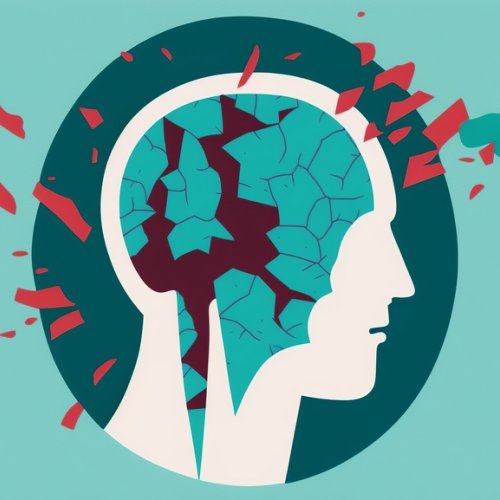Applied Suicide Intervention Skills Training (ASIST) is a two day interactive workshop in suicide first aid and more. ASIST teaches participants to recognize when someone may have thoughts of suicide and work with them to create a plan that will support their immediate safety. Although ASIST is widely used by healthcare providers, participants don’t need any formal training to attend the workshop – anyone 16 or older can learn and use the ASIST model.
What will you learn as an ASIST trained first aid caregiver?
After taking ASIST, you will be better able to: Be suicide alert – identify people who have thoughts of suicide -Understand the reasons behind thoughts of suicide and the reasons for living - Assess risk and safety – develop a plan to increase the safety of the person at risk of suicide
Recognize invitations for help
Recognize potential barriers of seeking help
Offer support – recognize other important aspects of suicide prevention including life-promotion and self-care
Effectively apply a suicide intervention model
Link people with community resources
What are the workshop features?
Presentations and guidance from two Living Works registered trainers
A scientifically proven intervention model
Powerful audio-visual learning aids
Group discussions
Skills practice and development
A balance of challenge and safety
Participant materials include a 20-page workbook, wallet card, and stickers. Participants also receive a certificate upon completing the workshop.
What is the structure of an ASIST workshop?
The ASIST workshop is divided into five sections that follow in a logical progression to gradually build comfort, confidence and understanding around suicide and suicide intervention.
Connecting: Enables participants to reflect on their own attitudes towards suicide. This creates an understanding of the impact that attitudes can have on the intervention process.
Understanding: An overview of the intervention needs of a person at risk. The trainers focus on providing participants with the knowledge and skills to:
recognize risk
develop safe plans to reduce the risk of suicide
increase the safety of the person
Assisting: Presents a model for effective suicide intervention. Participants develop their skills through observation and supervised simulation exercises in large and small groups.
Networking: The trainers share information about resources in the local community and promote participant commitment to encouraging the transformation of local resources into helping networks.




